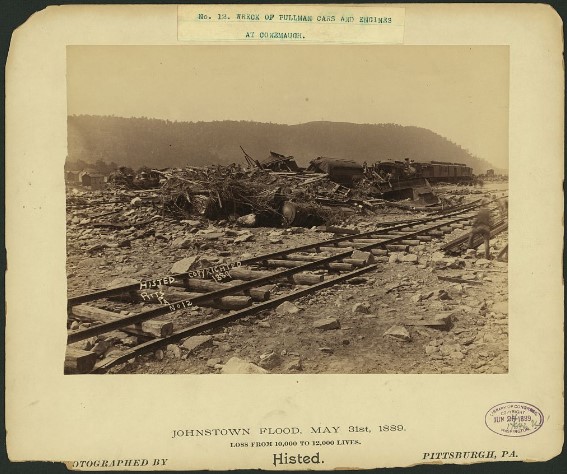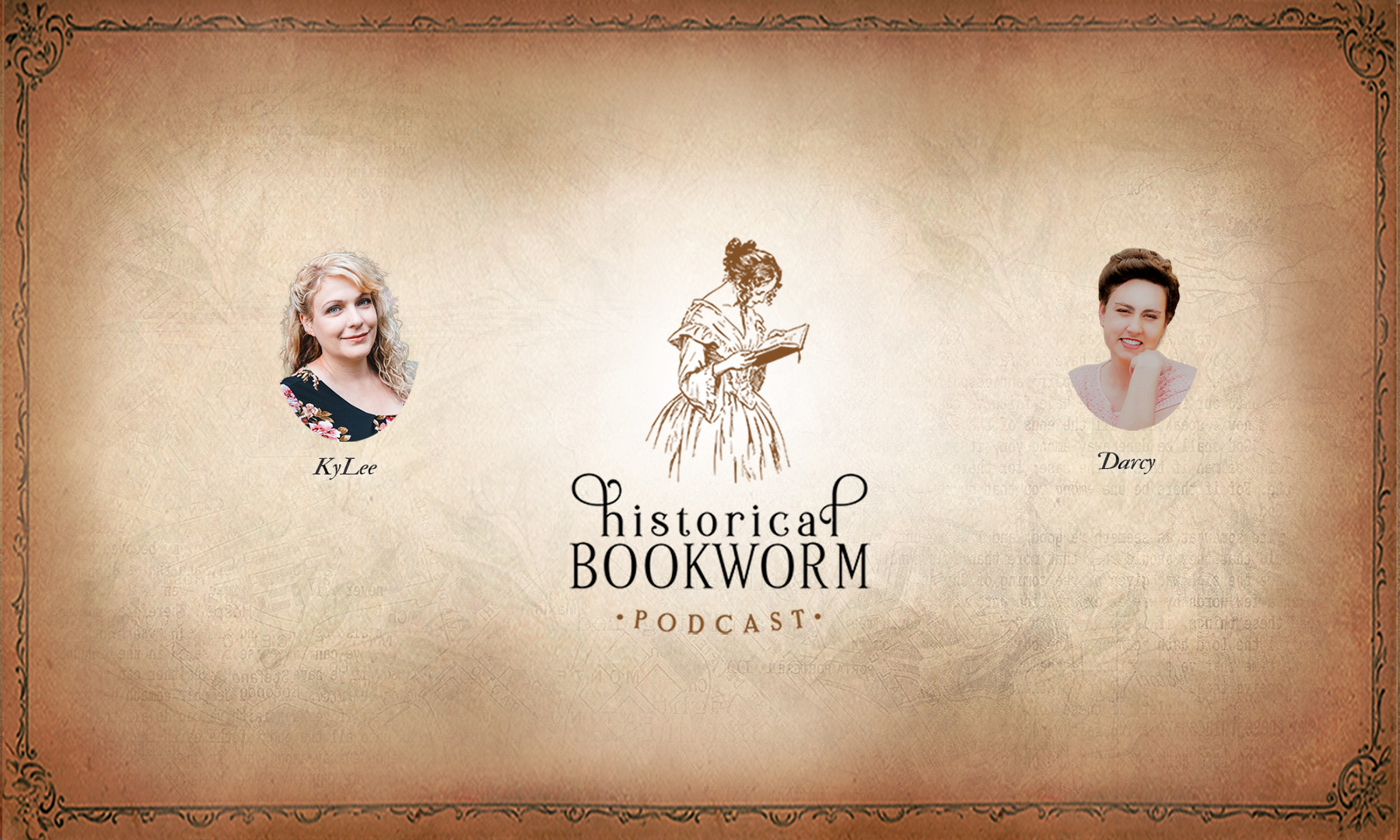The audio version of this Pinch of the Past was first shared in Episode 34: Lynn Austin and a Review of On the Cliffs of Foxglove Manor by Jaime Jo Wright

Train wrecks
Laura Ingalls also had something to say about the danger of traveling by railroad: “Trains went faster than horses can run. They went so terribly fast that often they were wrecked. You never knew what might happen to you on a train.”
Her concern was not ill-founded. Causes of crashes included exploding boilers, improperly maintained bridges collapsing, flood waters undermining trestles, brakes overheating and failing, passenger cars catching fire from kerosene lamps or wood heating stoves. Brittle rails even cracked occasionally.
Signal systems were so far from effective, that two trains were often switched onto the same track–heading in opposite directions. “In 1875 alone, there were 104 head-on collisions in the United States.”
Newspapers discovered that train wrecks fascinated their readers, and took to covering them in gory detail, even giving sensational names to individual accidents. One accident involving the deaths of 42 people after a car fell off a bridge and caught fire was called the “Angola Horror.”
Naturally, many people found the frequent disasters unacceptable and weren’t afraid to say so pointedly. One commentator, George Templeton Strong, said of one accident, “Scores of people smashed, burned to death or maimed for life. We shall never travel safely till some pious, wealthy and much beloved railroad director has been hanged for murder.”
It wasn’t until the 1880s that laws were passed requiring better brakes and rails, and foolproof automatic signaling devices. These drastically decreased accidents, but people never lost their fascination with them. In the 1890s, one popular entertainment was staged train crashes where engines hit head-on at 60 miles per hour. Even staged, it was dangerous business. Thirty thousand spectators came to one event where flying debris from the collision killed a spectator three-quarters of a mile away, and the photographer of the event lost his eyesight.


One Reply to “Train Travel in the 1800s (Pt. 2)”
Comments are closed.